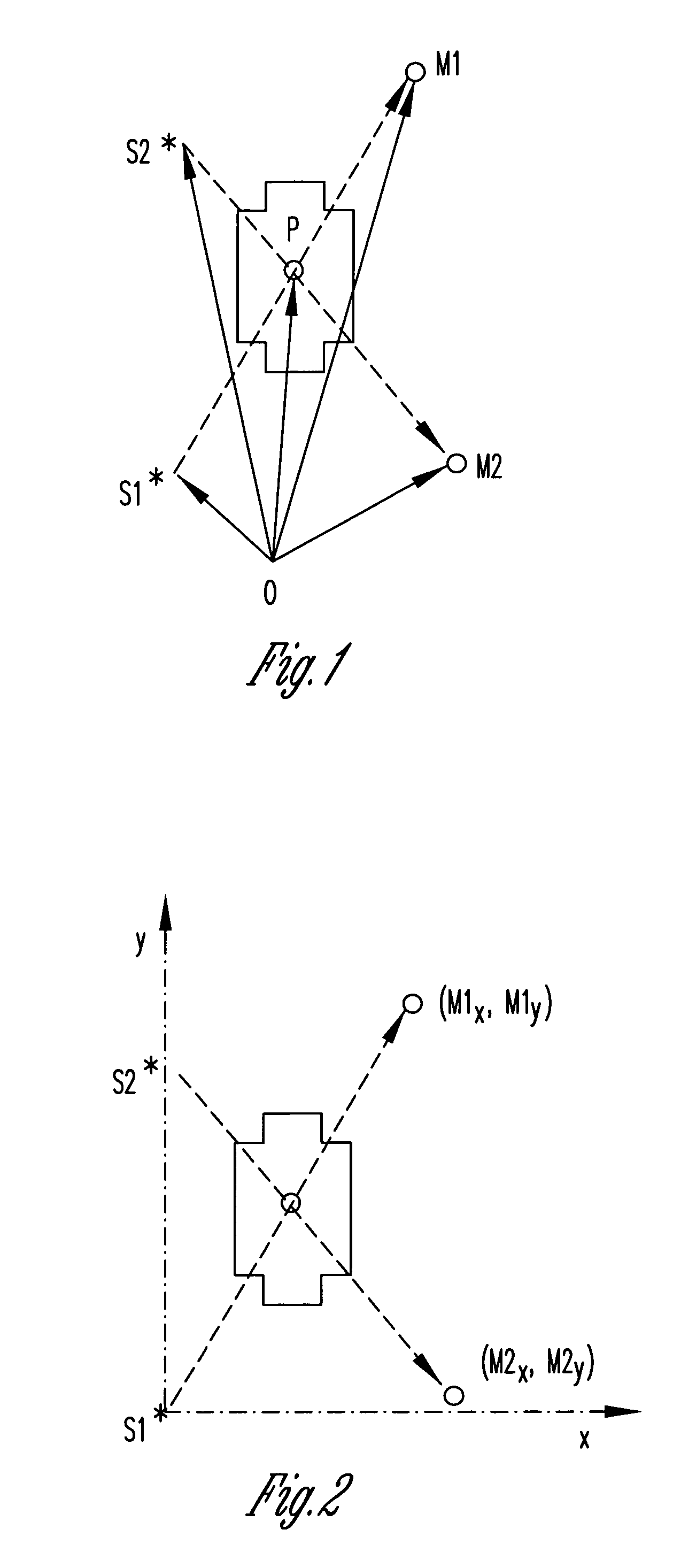Model-assisted reconstruction of volumetric data
a technology of volumetric data and model, applied in the direction of material analysis using wave/particle radiation, conversion screens, nuclear engineering, etc., can solve the problems of long measurement time to produce the needed measurements, unpractical to use these types of methods, and slow inspection techniques listed previously can not provide much useful information about these dynamic processes
- Summary
- Abstract
- Description
- Claims
- Application Information
AI Technical Summary
Benefits of technology
Problems solved by technology
Method used
Image
Examples
Embodiment Construction
[0020]The present invention relates to providing three-dimensional information about objects for visualization or other purposes. The present invention can be used with dynamic processes so is well-suited for various manufacturing processes. The present invention uses model information to assist in the reconstruction of three-dimensional information or a three-dimensional image of an object in combination with inspection data.
[0021]The present invention uses stereographic measurement methods. Stereographic measurement methods use two (or more) two-dimensional projections to calculate the three-dimensional location of the features in an object. Thus, two (or more) views can be used to produce a three-dimensional representation.
[0022]The general idea used in stereography measurements is indicated in FIG. 1. Two sources, S1 and S2 are used to produce projection images of a sample. A point of interest in the sample, P, will project to the points M1 and M2, which could be in a single det...
PUM
| Property | Measurement | Unit |
|---|---|---|
| material properties | aaaaa | aaaaa |
| porosity | aaaaa | aaaaa |
| time | aaaaa | aaaaa |
Abstract
Description
Claims
Application Information
 Login to View More
Login to View More - R&D
- Intellectual Property
- Life Sciences
- Materials
- Tech Scout
- Unparalleled Data Quality
- Higher Quality Content
- 60% Fewer Hallucinations
Browse by: Latest US Patents, China's latest patents, Technical Efficacy Thesaurus, Application Domain, Technology Topic, Popular Technical Reports.
© 2025 PatSnap. All rights reserved.Legal|Privacy policy|Modern Slavery Act Transparency Statement|Sitemap|About US| Contact US: help@patsnap.com



